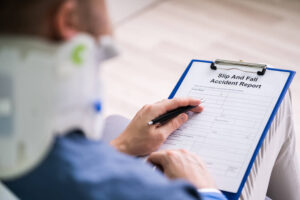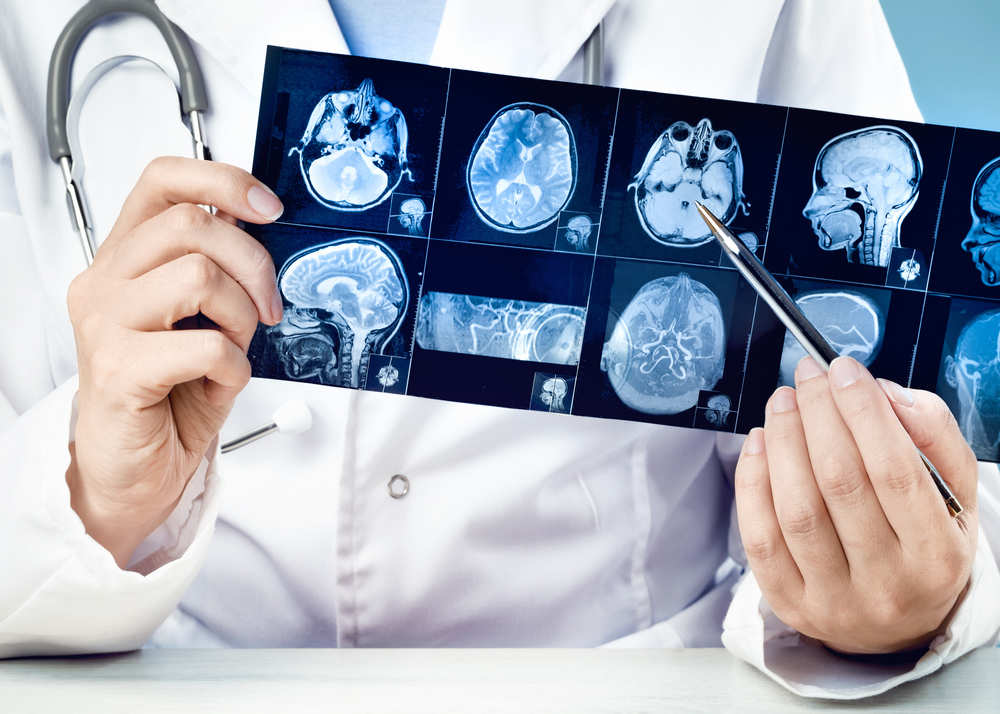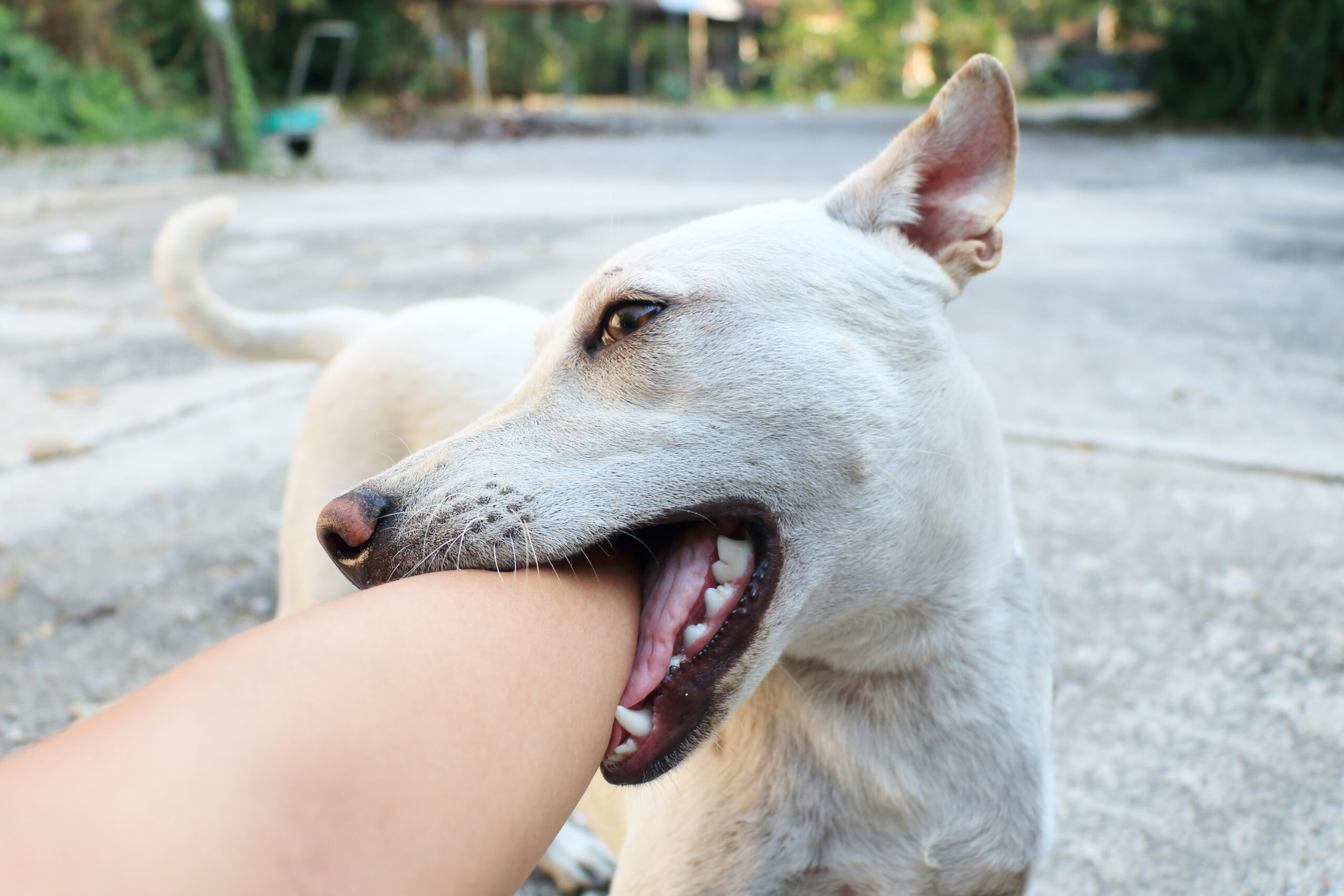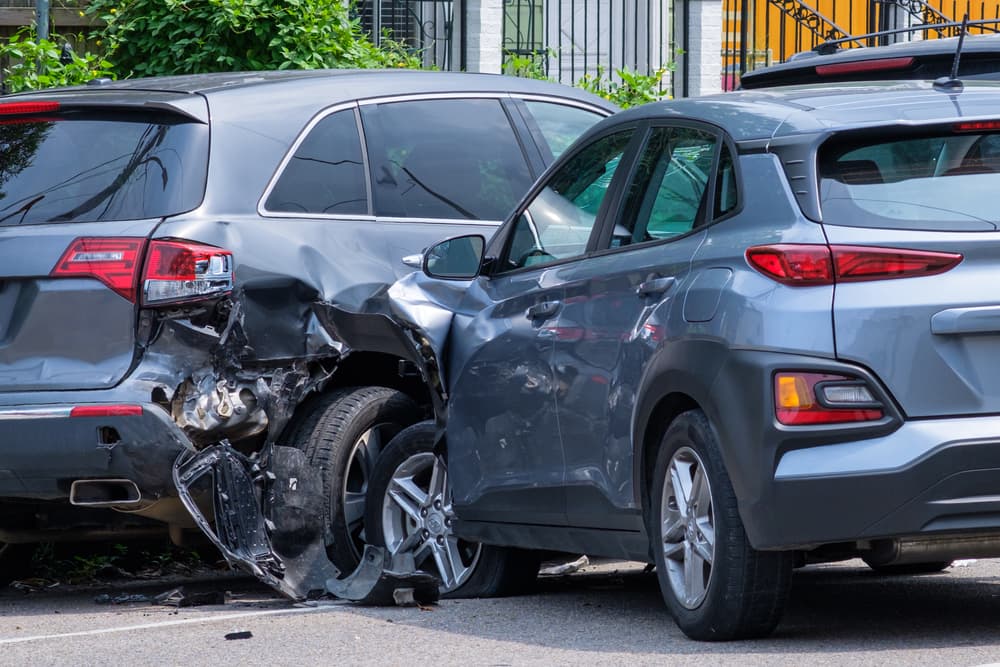Common causes of pedestrian accidents include poor lighting, congestion between motor vehicles and pedestrians, and dangerous driver behaviors. In most cases, motorists have the control to cause or prevent pedestrian accidents.
If you or a loved one were in a pedestrian accident, an attorney can establish the cause and identify liable parties. A Pedestrian Accident lawyer will also seek the compensation you deserve for your damages.
Pedestrian Accidents Are Alarmingly Common
According to data, the number of pedestrian accidents in America hit a low point in 2009 and has generally risen since. These accidents account for about 17 percent of all traffic deaths, indicating that pedestrian collisions pose an unusually high risk of causing severe injuries.
Pedestrian accidents may continue to rise because:
- Motorists and pedestrians continue to operate in close quarters, especially in cities.
- Motorists continue to suffer from distraction, emotional imbalance, intoxication, and other hazards that increase the risk of accidents.
- Motorists continue to underestimate the possibility of hitting, injuring, or possibly killing a pedestrian.
- As the population continues to increase, America’s streets, crosswalks, and bike lanes only become more congested and dangerous for pedestrians.
Personal injury lawyers see the immense cost of pedestrian accidents. They work hard to get justice for those who suffer injuries or lose loved ones due to pedestrian accidents.
What Motorist Behaviors Cause Pedestrian Accidents?
The same behaviors that contribute to all traffic accidents also increase the risk of pedestrian accidents, including:
Distracted Driving
The National Highway Traffic Safety Administration (NHTSA) reports that distracted drivers claim thousands of lives yearly and cause even more injuries. Pedestrians are smaller than other vehicles, so a distracted driver may be more likely to hit them.
Common forms of distracted driving include:
- Texting
- Talking on the phone
- Recording videos
- Scrolling social media
- Eating drinking
- Engaging in distracting conversations with vehicle occupants
- Looking at sights outside the vehicle (not including the roadway and other vehicles)
Motorists know that distracted driving is dangerous. Therefore, any distracted motorist who causes a pedestrian accident has no excuse not to pay for the victim’s damages.
Drunk and Drugged Driving
The Centers for Disease Control and Prevention (CDC) cites alcohol as one of the primary risk factors for pedestrian accidents.
Drugs may have a similar effect as alcohol on a motorist, whose impairment may make them more likely to:
- Strike a pedestrian that they don’t see
- Speed and engage in other risky driving behaviors
- Respond in a delayed manner to hazards in the roadway, including pedestrians
- Cause a pedestrian accident
An impaired driver is dangerous, especially to pedestrians, without substantial protection against oncoming vehicles.
Impatient and Rage Driving
 Some motorists mistakenly believe that roadways are for vehicles only. Many motorists have experienced the annoyance of being stuck behind a line of bicyclists. Most motorists recognize that pedestrians have a right to be on the road and wait patiently for a safe moment to pass.
Some motorists mistakenly believe that roadways are for vehicles only. Many motorists have experienced the annoyance of being stuck behind a line of bicyclists. Most motorists recognize that pedestrians have a right to be on the road and wait patiently for a safe moment to pass.
Other motorists, though, make dangerous maneuvers in the name of impatience or rage, including:
- Tailgating bicyclists, joggers, or other pedestrians in the roadway
- Crossing into oncoming traffic to pass the pedestrians
- Passing dangerously close to pedestrians
Motorists who make such dangerous maneuvers have not properly assessed the risk of their actions. These motorists may injure or kill the pedestrians they endanger. When these tragic outcomes occur, negligent motorists must be responsible for their reckless actions.
Speeding
Speed limits exist, at least in part, to reduce the likelihood of accidents. Motorists who speed take longer to brake and are more likely to lose control of their vehicle. These possibilities increase the risk that the speeding motorist will hit a pedestrian.
Ignoring or Missing Traffic Signals
Stop signs, traffic lights, pedestrian crossing lights, bike lanes, and crosswalks are traffic indicators that reduce the risk of motorists and pedestrians colliding. Motorists who don’t understand these traffic signals or simply fail to heed them put pedestrians at unacceptable risk.
Failing to Respect the Pedestrian’s Right of Way
Pedestrians and motorists must respect each other’s rights of way. However, the risk of injury is far greater when a motorist ignores a pedestrian’s right of way than vice versa.
Motorists must:
- Stop for crosswalks
- Maintain a safe distance from bike lanes
- Work hard to avoid joggers and cyclists on the roadway
- Yield the right of way in every other instance where pedestrians are entitled to it
Any failure to yield the right of way increases the risk of an accident and makes motorists liable for resulting losses.
What Environmental Conditions Increase the Risk of a Pedestrian Accident?
The environment in which a motorist strikes a pedestrian may contribute to the accident. These environmental contributors can affect liability for your accident and may include:
High Density of Pedestrians and Vehicles in Close Quarters
The National Safety Council (NSC) reports that 84 percent of fatal pedestrian accidents happen in urban environments.
Urban pedestrian accidents are more likely than rural pedestrian accidents because:
- The number of motorists and pedestrians is greater in cities, statistically increasing the likelihood of an accident.
- Urban settings tend to bring pedestrians and motorists in close proximity continuously, and less space between these parties means a greater likelihood of accidents.
- Motorists in urban areas may be frequently distracted by abundant sights and sounds.
Even with these challenges, an attentive motorist can avoid pedestrian accidents if they pay attention and exercise caution.
Poor Visibility (Including Low Lighting)
Pedestrians may be more difficult to see in areas with poor visibility.
Visibility may worsen because of:
- Rain
- Fog
- Poor lighting of the roadway
- Poor lighting of sidewalks and crosswalks
Even excessively bright lighting can be hazardous. Motorists must exercise abundant caution when visibility is poor. Furthermore, municipalities and other parties must improve any lighting deficiencies on or near roadways.
Unsafe Roads
Motorists may lose control when roads are in poor shape, possibly striking a pedestrian because they cannot control the vehicle.
A road is dangerous if it:
- Is excessively slick
- Has potholes
- Is uneven
- Contains debris
- Has work crews positioned dangerously
- Does not have proper signage to direct traffic flow
When unsafe road conditions cause a pedestrian accident, you can hold a municipality or other party responsible for the road liable for damages.
As you can see, there are many potential causes of pedestrian accidents. Each accident warrants careful examination to determine who is liable.
Who Is Liable for a Pedestrian Accident?
Liability varies between each pedestrian accident. Your lawyer will complete a detailed investigation of the accident to determine who is liable for your damages.
Liable parties may include:
A Motorist
Motorists have great power to prevent pedestrian accidents. In many cases, attorneys find that a motorist did one or more things to cause the collision. When motorists collide with pedestrians, their insurer may be liable for losses. The motorist may have to pay personally if the injured pedestrian pursues a lawsuit.
A Municipality
A municipality may be liable for victims’ damages if dangerous road conditions, malfunctioning traffic signals, poor lighting, or other environmental conditions cause a pedestrian accident.
A Motor Vehicle Manufacturer
When vehicle defects cause motorists to lose control and hit a pedestrian, the vehicle manufacturer may be liable.
Dangerous vehicle defects include flaws in:
- Tires
- Brakes
- Steering columns
- Other components that affect how the vehicle operates
When you hire an attorney, one of their primary roles is establishing liability. Liability helps determine who will pay for a victim’s accident-related damages.
Are There Any Notable Differences Between Pedestrian Accidents and Other Traffic Accidents? (Yes.)
Pedestrian accidents are fundamentally different from other motor vehicle accidents. Rather than a vehicle hitting another vehicle or a fixed object, the vehicle hits a person. Regarding outcomes, the primary difference between multi-vehicle and pedestrian accidents is the risk of serious injury.
Pedestrians do not have the luxury of:
- A metal frame
- A windshield and surrounding windows
- Seatbelts
- Seats
- Airbags
- Other protective devices that protect motor vehicle occupants
In the best cases, a pedestrian is wearing a helmet. Otherwise, they’re typically completely exposed to the impact of the oncoming vehicle. These realities explain why pedestrian accidents have a higher-than-average risk of severe injury and death.
I Was Hit in a Pedestrian Accident; What Should I Do Now?
Presumably, you have already left the accident scene, received some amount of medical attention, and resumed life after your pedestrian accident.
In this case, your priorities should include:
- Getting an extensive medical exam: Even if you have already received some amount of medical care, it is vital to document every injury resulting from your pedestrian accident. If you have any questions about accident-related conditions (such as a symptom you don’t have a clear diagnosis), seek medical attention as soon as possible.
- Hiring an attorney you trust: There are several reasons to hire an attorney after a pedestrian accident. Victims’ injuries and time constraints often prevent them from handling their own cases. Those victims also value the experience and resources a lawyer offers.
Once you receive a clear diagnosis for your injuries and place your case in a lawyer’s hands, you can focus on your recovery. Having an attorney fighting for your financial recovery may be a great weight off your shoulders.
Additional Tips Following a Pedestrian Accident
In addition to getting medical care and retaining a lawyer, you may put yourself in a position for financial recovery by:
- Securing and organizing all accident-related documentation: Useful documentation may include a police report, medical images of injuries, medical bills, doctors’ notes, and even a diary of your pain and suffering.
- Following your lawyer’s advice: Hiring a lawyer is not sufficient. You must also follow your lawyer’s advice, including talking to insurers without consulting your attorney. Your lawyer will have the same goal as you: to secure all the compensation you deserve.
- Being wary of insurers: Whether or not your lawyer specifically advises you not to talk to insurers, be wary of insurers. Insurance companies often have a strong financial incentive not to pay pedestrian accident victims what they deserve. An insurer may use your words against you and employ other bad-faith tactics, so speak with insurance representatives as sparingly as possible.
Having an attorney can be a guiding light. Your lawyer will take the lead in your case, and they’ll contact you if you must participate in your case. Therefore, you can focus on your health.
How Personal Injury Attorneys Help Pedestrian Accident Victims
A personal injury lawyer must seek the compensation their client deserves, which generally means:
Securing Evidence of Liable Parties’ Negligence
Your attorney will seek evidence proving that someone (other than you) caused the pedestrian collision. Video footage, eyewitness accounts, and expert testimony may be useful forms of evidence.
Calculating and Documenting Damages
Your attorney will calculate the total cost of your economic and non-economic damages. They’ll also document those damages to prove their nature and severity.
Documentation may include:
- Medical bills
- Doctors’ written records of your injuries
- Images of your injuries (including X-rays, MRIs, and other medical images)
- Invoices for any accident-related property damage
- Expert testimony about your damages
Each case provides a lawyer with different documentation. Your attorney should secure all available proof of your damages.
Leading Settlement Negotiations
Your attorney will go toe-to-toe with insurance companies, civil defense attorneys, or any other party with the power to pay you.
Taking a Case to Court, if Necessary
A capable attorney will take your pedestrian accident case to court if a trial is right for you.
Recoverable Damages for Pedestrian Accident Victims
Each pedestrian accident victim has different damages, but common types of damages include:
- Medical expenses
- Property repairs (or replacement of property damaged beyond repair)
- Pain and suffering
- Treatment for mental health problems
- Lost income
- Diminished earning capacity
If your loved one died from accident-related injuries, your lawyer will evaluate your damages and seek fair compensation for your tragic loss.
Find Your Pedestrian Accident Attorney Today

Do not wait to find a competent, well-reviewed personal injury attorney in New Port Richey. The right legal help can improve your future and provide the financial support you need to move forward from your injuries.



